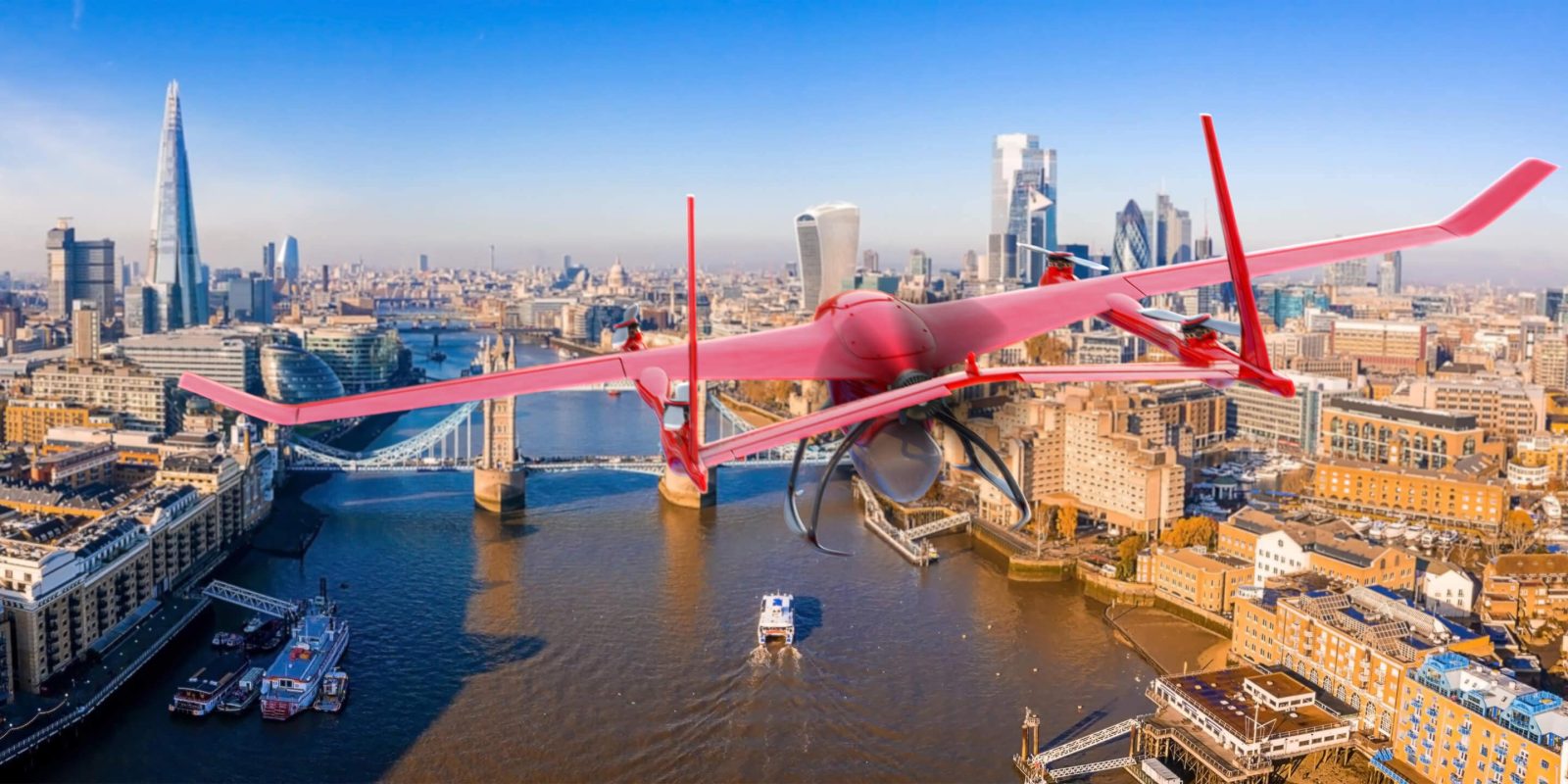
US aviation giant Honeywell has launched a new technology cluster that, among other things, will permit drones to fly longer beyond visual line of sight (BVLOS) missions and carry heavier payloads by using hydrogen fuel cells.
Longer, quieter, smarter UAV missions
In revealing its new development activity this week, Honeywell also said the new tech will allow uncrewed aerial vehicles (UAV) to fly up to three times longer than craft using conventional batteries; enjoy enhanced hazard avoidance capabilities; and stream video of its progress around the world.
The company says the hydrogen-powered offer will considerably increase the range and capacities of drones flying BVLOS missions while decreasing the need for human intervention. That combination, it adds, will prove particularly valuable during flights where distance or external conditions undermine communications with or manual piloting of UAV.
“These are technologies that businesses have been waiting for,” said Stéphane Fymat, vice president and general manager of Honeywell’s Unmanned Aerial Systems and Urban Air Mobility division. “They will help make drones profitable for a world of new applications.”
Honeywell will angle the emerging tech line toward operators involved in last-mile package delivery, military intelligence, and surveillance and reconnaissance; pipeline and power line inspection; search and rescue; and first responders.
Hydrogen cells at the heart of extended drone BVLOS flights
The technologies draw upon Honeywell’s experience across a wide range of aviation activities. Those include producing avionics, engines, and auxiliary power units for airplanes, helicopters, and military drones. In addition to new 600- and 1200-watt hydrogen fuel cells to power drones on BVLOS and other missions, the tech cluster features multipurpose radar, inertial measurement units, and a satellite transceiver that Honeywell calls the world’s smallest of its kind.
What are the brass tacks advantages of the new line? Honeywell says that in addition to tripling drones’ BVLOS flight time, its hydrogen cells offer quieter operation without carbon emissions that gas options covering similar distances produce. The hydrogen units can also be changed in just minutes, it adds, resulting in rapid turnaround time.
The radar component is described as using built-in circuitry and processors that involve no moving parts, complex cooling systems, or frequent maintenance. In addition to key functions of avoiding other aircraft and detecting obstacles, the radar acts as an altimeter, maps terrain, identifies landing areas, and selects alternative navigation options in the event of GPS failure. Fitted UAV will also be able to download real-time weather and other conditions from satellites or nearby drones.
“These innovations give drone builders and operators a whole new range of options,” said Sapan Shah, Honeywell’s Unmanned Aerial Systems and Urban Air Mobility product manager. “More time in the air, more awareness of surroundings and traffic, better connectivity: These are the building blocks of safe, profitable drone operations of all kinds, and that’s what we’re delivering.”
The modular nature of the tech cluster means it can be purchased as a package or in separate parts. Honeywell says the drone BVLOS hydrogen cells are currently in late-stage development, with prototypes already available for client evaluation.
FTC: We use income earning auto affiliate links. More.




Comments